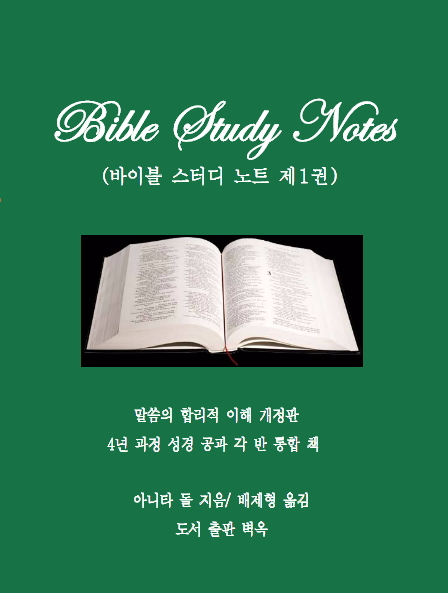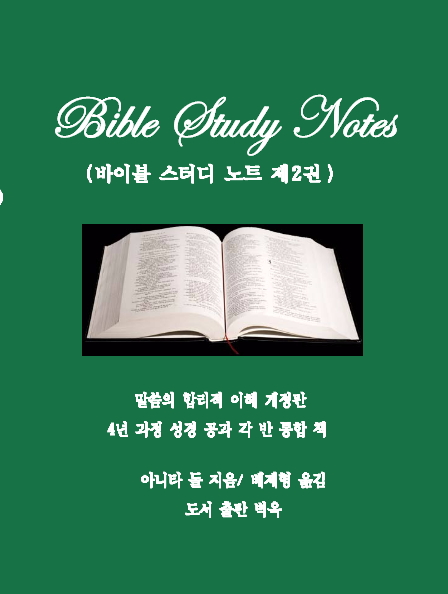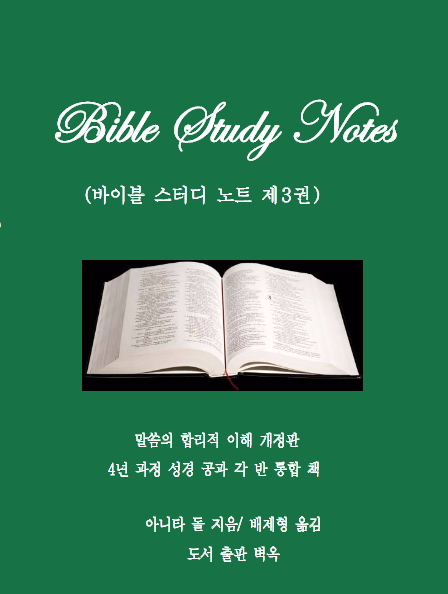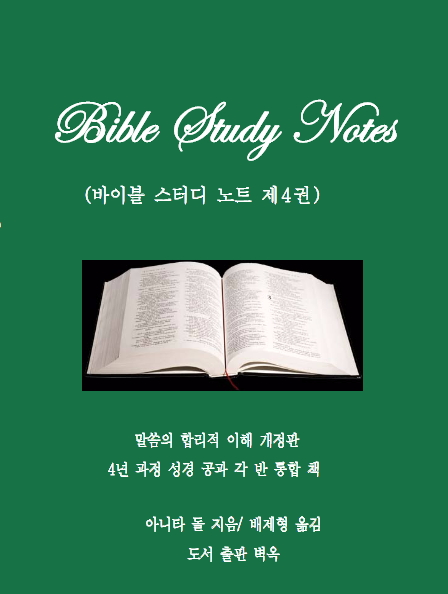Product Info
- Author: Edward Craig Mitchell
- Publisher: W. H. Alden
- Publication Date: 1887
- Total Pages: 544
Buy At
The Parables of the New Testament Explained
Download The Parables of the New Testament Explained PDF (28MB)
EXCERPT
INTRODUCTION.
Scripture Parables ; their Nature, Use, and Interpretation.
DEFINITION.
The word "parable" is derived from the Greek word parabole, to throw beside, to compare. It is difficult to give a distinctive definition of a parable; for an ordinary definition either excludes some essential element of a parable, or includes other forms of figurative expression. Worcester's Dictionary thus defines parable: "a short tale, or fable, founded on something real in nature or life, from which a moral is drawn, by comparing it with something of more immediate concern." Archbishop Trench defines it thus: "A parable is a fictitious, but probable, narrative, taken from the affairs of ordinary life, to illustrate some higher and less known truth." The parable differs from the fable, because, in the fable, inanimate and unreasoning things are pictured as acting as human beings. But the parable deals with possible things; and it is only fictitious in the sense of being invented- for the occasion. The allegory, in the strict sense, differs from the parable, because, in the allegory, ideas and qualities are personified. The allegory is generally self-interpreting, while the parable needs explanation.
In the common English translations of the Sacred Scriptures, especially of the Old Testament, the word "parable" is used in three senses: I, as an enigma, or obscure saying; 2, as any figurative discourse; and 3, as a fictitious, but possible, narrative, invented to convey and illustrate a truth. But, when treating of parables. the list generally includes those which are, strictly speaking, distinctively parables, rather than fables, allegories, prophecies, or visions.
A parable is a sensuous picture of a truth; i.e., a truth brought out so that the senses can grasp it. It is notmerely a figurative statement of a truth, but a statement by correspondences, or the law of natural and spiritual counterparts.
Table of Contents
CONTENTS.
INTRODUCTION.
SCRIPTURE PARABLES; THEIR NATURE, USE AND
INTERPRETATION ................................ 9
THE PARABLES OF THE NEW TESTAMENT.
I. THE HOUSE ON THE ROCK, AND THE HOUSE ON THE
SAND, ...................................... 27
II. OLD AND NEW CLOTH, WINE AND BOTTLES, ......... 37
III. CHILDREN IN THE MARKETS, ..................... 50
IV. THE SOWER, ................................... 62
V. THE TARES AMONG THE WHEAT, ................... 90
VI. THE MUSTARD SEED, ............................ 104
VII. THE LEAVEN, .................................. 115
VIII. THE HIDDEN TREASURE, ......................... 127
IX. THE MERCHANT SEEKING PEARLS, ................. 139
X. THE DRAW-NET, ................................ 148
XI. THE INSTRUCTED SCRIBE, ....................... 159
XII. THE UNMERCIFUL SERVANT, ...................... 167
XIII. THE LABORERS IN THE VINEYARD, ................ 181
XIV. THE TWO SONS, ................................ 194
XV. THE WICKED HUSBANDMEN, ....................... 207
XVI. THE MARRIAGE OF THE KING'S SON ............... 224
XVII. THE FIG-TREE PuTTING FORTH LEAVES, ........... 245
XVIII. THE TEN VIRGINS, ............................. 258
XIX. THE TALENTS, ................................. 279
XX. THE SEED GROWING SECRETLY, ................... 283
XXI. THE BLIND LEADING THE BLIND, ................. 295
XXII. THE TWO DEBTORS, ............................. 306
XXIII. THE GOOD SAMARITAN ........................... 318
XXIV. THE IMPORTUNATE MIDNIGHT FRIEND, ............. 332
XXV. THE RICH FOOL, ............................... 344
XXVI. WAITING, WITH LOINS GIRDED AND LIGHTS BURNING. 356
XXVII. THE BARREN FIG-TREE, ......................... 368
XXVIII. TAKING THE LOWEST SEATS, ..................... 377
XXIX. THE EXCUSES, ................................. 387
XXX. BUILDING A TOWER, AND MAKING WAR, ............ 400
XXXI. THE LOST SHEEP, .............................. 411
XXXII. THE LOST PIECE OF SILVER, .................... 422
XXXIII. THE PRODIGAL SON, ............................ 432
XXXIV. THE UNJUST STEWARD, .......................... 459
XXXV. THE RICH MAN AND LAZARUS, .................... 471
XXXVI. THE UNPROFITABLE SERVANT, .................... 483
XXXVII. THE UNJUST JUDGE, ............................ 495
XXXVIII. THE PHARISEE AND THE PUBLICAN, ............... 508
XXXIX. THE GoOD SHEPHERD, ........................... 520
XL. THE VINE AND ITS BRANCHES, ................... 532
About the Author
Related Links
Related Books





